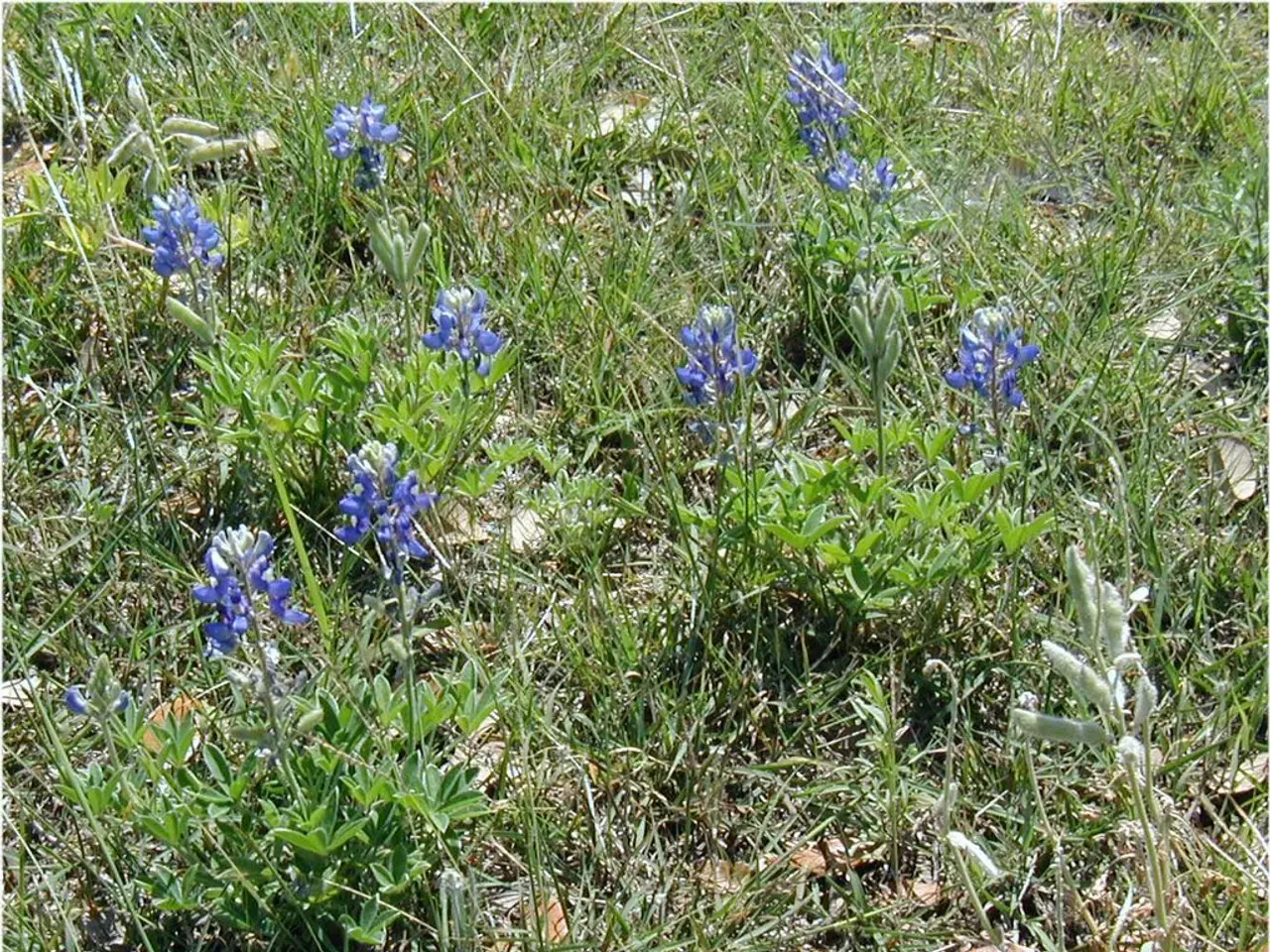TopFall Crops for Cover: Unmissable Choices
In the world of sustainable gardening, cover crops play a crucial role in enriching soil, preventing erosion, and promoting biodiversity. These plants, grown primarily for soil health benefits, not for harvest, create a more hospitable environment for beneficial soil organisms.
Several cover crops stand out for their effectiveness in improving soil health and preventing erosion. Based on recent expert sources, top recommendations include:
1. **Sorghum sudangrass**: This summer cover crop boasts a deep root system that improves soil structure and biomass, helping prevent erosion and add organic matter.
2. **Sunn hemp**: A leguminous summer cover crop, sunn hemp fixes nitrogen, enriches soil fertility, suppresses weeds, and protects soil from erosion.
3. **Buckwheat**: Fast-growing and good for soil improvement and weed suppression, buckwheat's quick cover protects soil from rain and wind erosion.
4. **Cowpea**: A low-growing legume, cowpea fixes nitrogen, covers soil well, and reduces erosion by binding soil with roots.
5. **Hairy vetch**: A nitrogen-fixing legume, hairy vetch also shelters soil from erosion and aerates compacted soil with its roots.
6. **Clover**: Popular for nitrogen fixation and groundcover, clover is excellent for protecting soil surface and improving soil health.
7. **Native ornamental grasses** like little bluestem, switchgrass, and purple lovegrass have dense fibrous roots that hold soil in place and protect against heavy rainfall and wind erosion.
8. **Groundcovers** such as creeping thyme, vinca minor, ajuga, and sedum create a living carpet over soil, reducing runoff and erosion especially on slopes.
These cover crops work by binding soil with extensive roots to hold soil in place, shielding soil surface from raindrop impact and reducing runoff, adding organic material that enhances soil structure and fertility, fixing nitrogen (in legumes) to improve nutrient cycling for future crops, suppressing weeds that might otherwise disturb soil surface, and promoting better aeration and water infiltration in the soil.
For a garden, a mix of legumes (e.g., sunn hemp, cowpea, clover, hairy vetch) with grasses or quick-growing broadleaf plants (e.g., sorghum sudangrass, buckwheat) is often ideal to maximize benefits for soil health and erosion control. Using such cover crops after harvest or during fallow periods transforms bare soil into biologically active ground that conserves moisture and builds fertility, while preventing erosion by wind and water.
In addition to the aforementioned cover crops, oats are an excellent choice for improving soil health and preparing the garden for the next planting season. Winter rye thrives in most soil types, including sandy and clay soils, and improves soil structure by penetrating deeply into compacted layers. Winter wheat, on the other hand, requires very little maintenance and thrives in a variety of soil types. Both winter rye and wheat protect the soil from heavy rains and wind, preventing the loss of valuable topsoil. Winter rye adds organic matter to the soil when tilled into the ground in the spring, while winter wheat enhances soil structure by growing roots that penetrate the soil deeply.
Incorporating groundcover plants like creeping thyme or vinca minor also provides additional living mulch protection on vulnerable soil areas. Cover crops are indeed essential in sustainable gardening, as they not only enrich the soil but also prevent erosion, suppress weeds, manage pests, and promote biodiversity.
Maintaining a healthy garden lifestyle, one can consider incorporating a mix of cover crops such as sorghum sudangrass, sunn hemp, and native ornamental grasses to improve soil health and reduce erosion. This diverse range of home-and-garden plants would also create a more hospitable environment for beneficial soil organisms.




